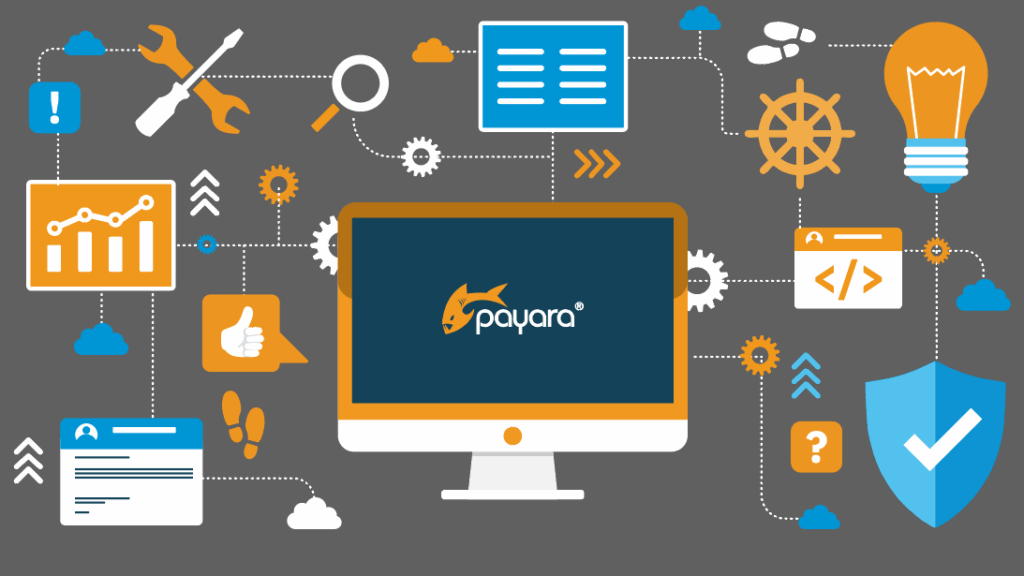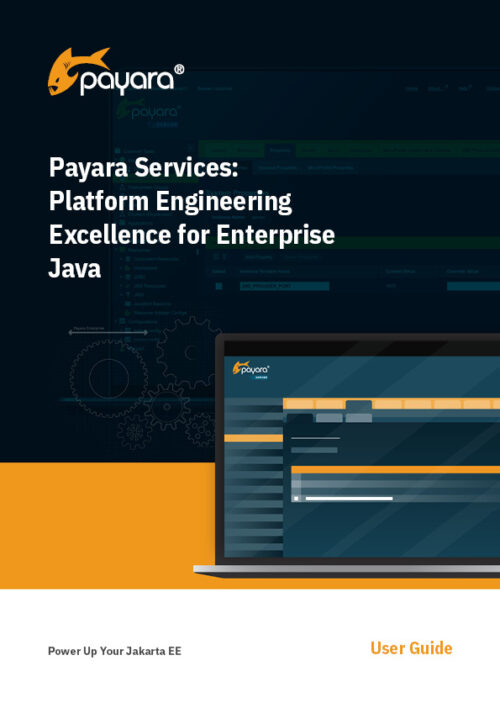 5 minutes
5 minutes
The Payara Monthly Catch – November 2025
November has been one of the busiest months of the year for the Java and Jakarta EE ecosystem. With […]

Platform Engineering is rapidly becoming a must-have approach for modern software teams looking to streamline operations, scale development efficiently, reduce cognitive load on developers while enhancing their productivity. But while the word is on everyone’s lips, do we really know what it means? When it comes to middleware solutions, how can a platform engineering-based solution help users?
In this post, we’ll break it down:
Search online and every page will tell you that Platform Engineering is all about building and maintaining unified, self-service technology platforms that align with DevOps, streamline and standardize the development, deployment and management of applications. But what does this definition really mean, in practice?
True platform engineering is deeply user-centric and, more specifically developer-oriented. Within an organization, adopting a platform engineering approach means that rather than having every development team reinventing the wheel and develop supporting technologies in house, e.g. runtimes, CI/CD pipelines, security, observability, etc., companies can use a standardized (often existing) toolkit that takes care of one or more of these aspects. This, in turn, helps developers focus on what they do best (and enjoy the most): coding.
Typically, a solution developed according to the principles of platform engineering should help:
To support these elements, a platform must be be scalable, repeatable, secure by default and optimized for developer experience (DevEx).
Not necessarily. The focus is implementing and assembling the right components in a way that makes developers’ lives easier, not harder. A well-designed platform engineering strategy often leads to consolidating tools, reducing shadow IT and driving down operational overhead. So you may purchase or create one new piece of software but simultaneously stop using a number of existing suites.
Many teams decide to build platforms internally, known as Internal Developer Platforms (IDPs), by leveraging existing infrastructure and tools. Many other organizations prefer to rely on available commercial tools, such as Application Platforms. To choose between these two options, it’s important to consider your current resources and what can offer a quick return on investment (ROI).
Application platforms are ready-made environments for building and running apps, while IDPs are custom-built internal platforms that orchestrate, automate and unify the entire development and deployment process. Ultimately, IDPs and Application Platforms may perform the same functions, as they are well aligned. The main difference between them is the team that is behind their development:
As we discussed above, platform engineering involves solutions that centralize tools, workflows and environments for development and operations. In the context of middleware, this means a platform engineering-oriented technology should handle the critical “glue” between applications, databases, and infrastructure, so developers can focus on building features and applications, rather than managing the underlying connections, configurations and their management.
Middleware is essential for connecting disparate systems and ensuring seamless data flow, but when deploying an application, especially to the cloud, configuration, scaling and monitoring can be time consuming, resource intensive and require expert skills. Platform engineering and a middleware solution based on its principles address these challenges by:
A middleware application platform gives development teams a pre-integrated runtime environment with an intuitive configuration framework that bridges the gap between infrastructure and application logic. In practice, this means:
Learn more about Platform Engineering at Payara and how it can help your team – Download our latest guide here.
Payara is committed to delivering customer-centric application platforms and middleware technologies that rely on platform engineering excellence to support teams from initial development to production deployment. We apply the core principles of standardization, automation, self-service and security across our Payara Platform suite of enterprise Java solutions for the entire software development lifecycle (SDLC).
More precisely, you can leverage:
| Development Phase | Testing Phase | Deployment Phase | Maintenance Phase |
| Payara Starter: Scaffolds new Jakarta EE/MicroProfile applications Dev Mode Maven Plugin: Enables rapid development with hot reload capabilities Payara Community (Server and Micro): Free version, ideal for development environments | Direct Cloud Deployment: Payara Dev Mode Plugin simplifies testing by deploying directly to Payara Cloud Hot Reload Testing: Payara Dev Mode Plugin supports iterative testing with dynamic code changes Payara Community (Server and Micro): Suitable for testing environments before moving to Enterprise edition | Payara Server Enterprise: For comprehensive Jakarta EE workloads and legacy systems Payara Micro Enterprise: For cloud-optimized, modern deployments Payara Cloud: For fully managed, automated deployments | Exhaustive Support: Comprehensive support throughout contract duration Payara Accelerator: Enhances application lifecycle from development through deployment |
As a result, Payara Platform users can simplify complex development workflows, reduce operational burdens and focus on business innovation rather than infrastructure management.

Discover how to achieve Platform Engineering Excellence for Enterprise Java. This guide explores proven strategies, tooling, and practices that enable teams to modernize, automate, and scale Java applications efficiently.
Download GuideShare:
 5 minutes
5 minutes
November has been one of the busiest months of the year for the Java and Jakarta EE ecosystem. With […]
 3 minutes
3 minutes
Working with enterprise Java databases can sometimes feel like swimming upstream. Jakarta EE 11’s Jakarta Data helps developers glide […]
 2 minutes
2 minutes
The recent releases of Spring Framework 7.0 and Spring Data 2025.1.0 mark an important milestone for the Java ecosystem, […]